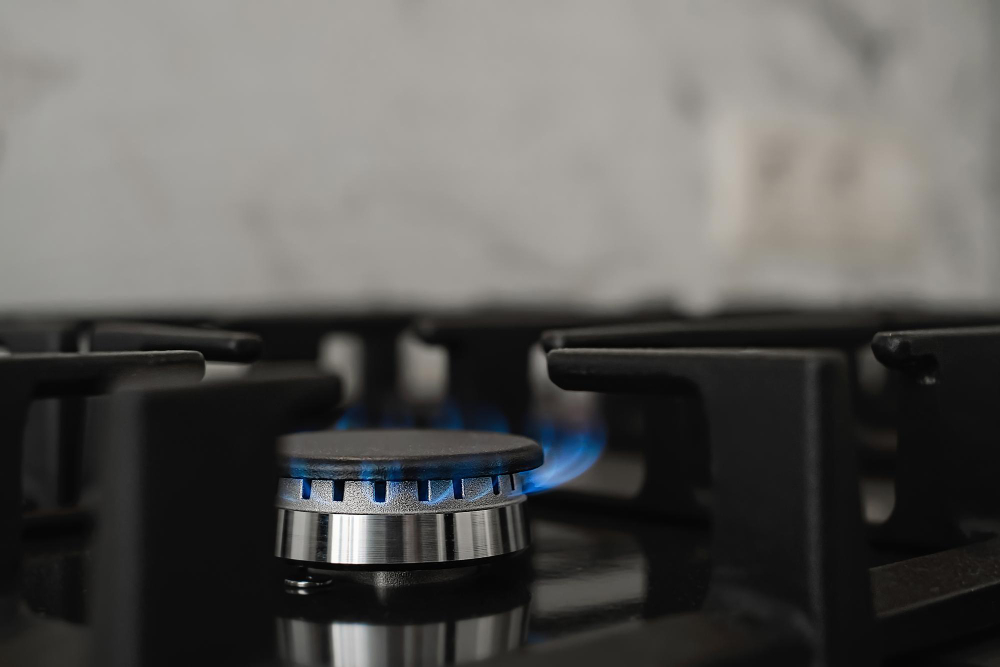Preserving the efficiency and safety of your gas stove relies heavily on proper igniter maintenance. In this article, we unveil a collection of lesser-known techniques to maintain gas stove igniters and avert issues like a missing flame. By grasping the significance of regular maintenance, you can sidestep typical complications such as non-functioning gas cooktop igniters or problematic ignition. Discover more about the hidden environmental costs and igniter concerns in our comprehensive guide.
Demystifying the Gas Stove Ignition System
The gas stove ignition system is comprised of several key components, including the igniter, which plays a crucial role in efficient gas cooktop operation. When the igniter is working correctly, it provides a spark that ignites the gas released from the burner, resulting in a steady flame. Understanding the intricacies of this system will enable you to identify and resolve any potential problem with gas stove igniters.
Unearthing Uncommon Gas Stove Igniter Maintenance Tips
To ensure your gas stove igniter functions optimally, consider these lesser-known maintenance tips:
- Proper Igniter Alignment: The igniter must be properly aligned with the gas burner for the spark to ignite the gas. Check for any misalignment or debris that may be obstructing the igniter’s path. Gently reposition the igniter as needed.
- Moisture Control: Excess moisture is a common cause of a gas cooktop igniter not working. Ensure the igniter and surrounding area are completely dry before use. If moisture is persistent, consider using a dehumidifier to maintain a dry environment.
- Checking Electrical Connections: Loose or corroded electrical connections can result in a gas cooktop ignition not working. Inspect the wiring and connections for signs of damage and ensure they are securely connected.
By following these unconventional maintenance tips, you can improve the performance and longevity of your gas stove igniter.
The Art of Cleaning the Gas Stove Burner and Igniter
Proper cleaning of stove burner and igniter components is essential for preventing issues like no flame and ignition problems. Consider these less-common cleaning techniques to maintain a well-functioning gas stove:
- Toothbrush Technique: Use a toothbrush and mild detergent to gently scrub away dirt and debris from the igniter and burner. This helps to remove any buildup that may be inhibiting ignition.
- Compressed Air: Blow compressed air into the burner and igniter area to dislodge any stubborn debris. This can be especially effective for removing particles from hard-to-reach areas.
Regular and thorough cleaning will ensure a properly functioning gas stove, reducing the likelihood of experiencing a problem with gas stove ignition.
Routine Upkeep: The Key to Avoiding Gas Stove Ignition Issues
Consistent and routine maintenance is crucial for preventing common gas stove problems. By adhering to the following maintenance schedule, you can ensure your gas stove igniter remains in optimal condition:
- Weekly: Perform a quick visual inspection of the igniter and surrounding area for debris or damage.
- Monthly: Conduct a thorough cleaning of stove burner and igniter components using the toothbrush technique and compressed air.
- Annually: Inspect electrical connections and replace any damaged or corroded components.
Following this maintenance schedule will greatly reduce the risk of encountering issues such as a gas cooktop igniter not working.
Recognizing When It’s Time for Professional Help
Despite implementing these lesser-known maintenance tips, there may be instances where professional assistance is necessary. Here are some scenarios in which you should consider seeking the help of a qualified technician:
- Persistent Ignition Issues: If your gas cooktop ignition not working issue persists despite following the maintenance and cleaning tips, it might be time to call a professional. A technician can diagnose and repair any underlying problems that may be causing the issue.
- Electrical Issues: When dealing with electrical issues beyond loose or corroded connections, it’s best to consult a professional. Handling electrical components without proper knowledge and experience can be dangerous and may lead to further damage.
- Gas Leaks or Odors: If you suspect a gas leak or smell gas near your stove, shut off the gas supply immediately and contact a professional. Gas leaks can pose serious health and safety risks.
To select a qualified technician, consider their experience, certifications, and customer reviews. A reputable professional will be able to diagnose and repair your problem with gas stove ignition, ensuring your cooktop remains safe and efficient.
Conclusion
In summary, routine upkeep and lesser-known maintenance tips are essential for a well-functioning gas stove igniter. By adhering to the maintenance schedule, employing uncommon cleaning techniques, and seeking professional assistance when necessary, you can ensure a safe, efficient, and long-lasting gas cooktop experience. For more information on troubleshooting gas stove igniters, check out this comprehensive guide on Troubleshooting a Gas Stove Igniter: Causes and Solutions for No Flame.

